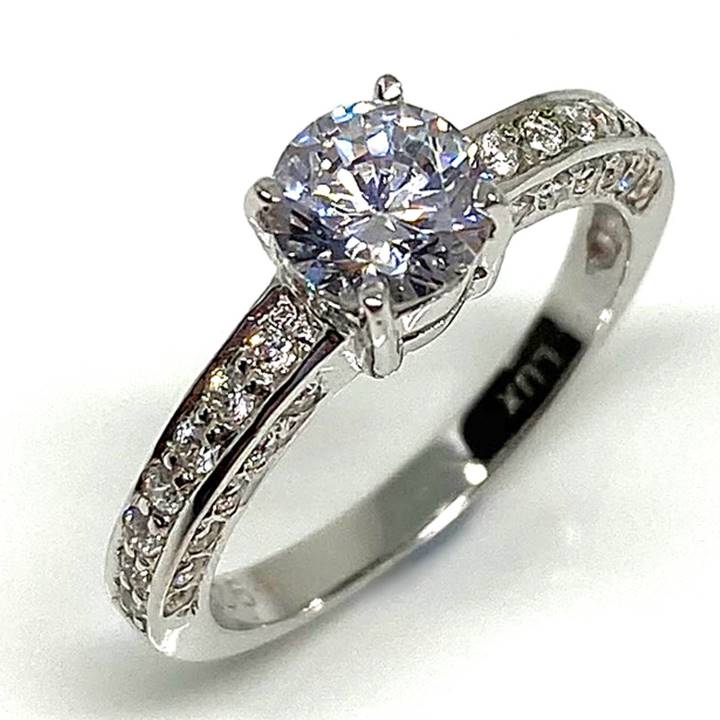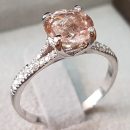What Does The 925 Mark On Silver Jewellery Imply?

You must have noticed that jewelleries often carry various marks or stamps. These usually represent the quality or other standards of the metal used in forging the jewellery. The 925 hallmark too, is such a stamp which you would find on sterling silver. It implies that the metal contains 92.5% silver by weight. Sterling silver is an alloy and another metal, usually copper. The 92.5% purity is the minimum requirement for the silver to be classified as sterling silver.
- Popularity and acceptance: Various countries across the globe have their own standards and stamping systems for silver jewellery. However, the number-based stamping system is the most widely accepted, due to the precision in representing the purity of the metal. The purity of silver varies geographically. It is quite low in case of silver from certain countries. This gives rise to the chances of fraud. However, when there is a 925 stamp on jewellery, you may stay assured that it meets the necessary standards and is 92.5% pure.
- Application: Sterling silver, or 925 stamped silver is used widely in the manufacture of bracelets, rings and other jewellery which require a certain level of durability. This is because the metals mixed in the allow harden it and helps the jewellery last long against wear and tear. In the recent times, sterling silver has become quite a popular choice.
- Testing: The purity of silver can be tested using nitric acid and the same applies to sterling silver too. It is always recommended to check for the 925 stamp or alternative stamps such as STER, SS or STG on the jewellery. However, if it doesn’t carry any stamp, you should get it tested by a jeweller. Pure or sterling silver would turn creamy white on coming in contact with nitric acid.
The 925 stamp has become a benchmark for silver purity and is quite helpful while buying jewellery.




















